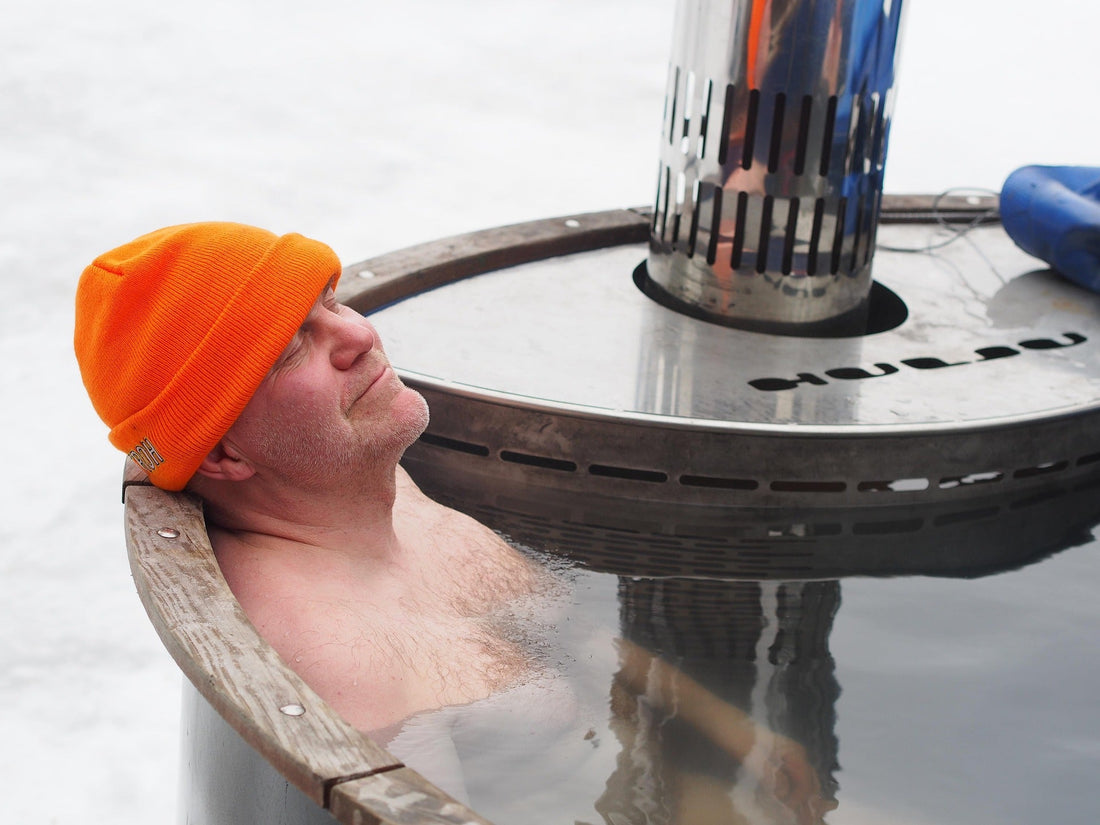Bath vs. Shower: Which Is Best for You? A Look at Health, Culture & Sustainability
The choice between taking a bath or a shower might seem like a simple matter of preference, but throughout history and across cultures, bathing rituals have played a significant role in health, hygiene, relaxation, and even social life. From the grand public baths of Ancient Rome to the meditative onsens of Japan, water has always been more than just a means to cleanse the body—it’s been a source of healing, community, and tradition.
So, which is better—a bath or a shower? Let’s explore health benefits, environmental impact, cultural traditions, and historical perspectives to help you decide.
Health Benefits: The Case for Baths & Showers
Why Baths Can Be Good for You
1. Muscle & Joint Relief: A warm bath reduces inflammation, improves circulation, and soothes sore muscles—perfect for post-exercise recovery or those with arthritis.
2. Stress & Sleep Aid: Studies suggest that taking a warm bath before bed improves sleep quality, as it lowers cortisol (the stress hormone) and helps the body relax.
3. Detox & Skincare: Adding Epsom salts, essential oils, or natural ingredients like oatmeal can help with skin conditions such as eczema and psoriasis.
Why Showers Might Be Better
1. More Hygienic: Running water washes away dirt and bacteria immediately, whereas in a bath, you sit in the water with any impurities.
2. Better for Skin & Hair: A quick, warm (not hot) shower prevents skin from drying out, as prolonged exposure to hot water can strip natural oils.
3. Invigorating & Energy-Boosting: A morning shower, especially with a burst of cold water, stimulates circulation and wakes up the mind and body.
Environmental Impact: Which One Uses More Water?
From an eco-conscious perspective, showers are usually the greener choice.
- A standard bath requires about 70 gallons (265 liters) of water.
- A five-minute shower with a standard showerhead uses 10-25 gallons (38-95 liters).
- A 10-minute shower can exceed the water usage of a bath if using an older or high-pressure showerhead.
If you're aiming for sustainability, short showers with water-saving showerheads are the best choice.
Tip: Want to make your bath routine eco-friendly? Use the leftover bathwater to water plants—many cultures worldwide practice this as a sustainable habit.
Bathing Across Cultures: A Global Perspective
Ancient Civilizations & Their Bathing Rituals
1. Ancient Egypt (c. 3000 BCE – 30 BCE)
The Egyptians were among the first to emphasize daily bathing for cleanliness and spiritual purity. They used essential oils and natural soaps made from clay and animal fats, much like our handcrafted soaps at Soapyard.
2. Ancient Greece (c. 800 BCE – 146 BCE)
The Greeks built elaborate bathhouses, believing that bathing was essential for physical and mental well-being. They used olive oil to cleanse the skin, scraping it off with a tool called a strigil.
3. Ancient Rome (c. 753 BCE – 476 CE)
The Romans took public bathing to a whole new level with their Thermae—massive communal bathhouses. These weren’t just for hygiene; they were social hubs, offering saunas, exercise areas, and even libraries.
4. Ancient China
Bathing in China was deeply tied to traditional medicine. Herbal infusions and tea baths were common, believed to restore balance and promote health. The Tang Dynasty (618–907 CE) saw the rise of public bathhouses for both practical and relaxation purposes.
Modern Bathing Traditions Around the World
Japan – The Onsen (hot spring) and Sento (public bathhouse) culture is deeply embedded in Japanese society. Bathing is seen as a ritual for relaxation, renewal, and even spiritual purification. Unlike Western baths, the Japanese cleanse their bodies thoroughly before entering the water.
Turkey & the Middle East – The Hammam (Turkish bath) is a centuries-old tradition that involves a full-body cleansing, exfoliation, and steam therapy. It remains a social and wellness experience to this day.
Finland & Scandinavia – Saunas and ice baths are common, with Finns believing in "hot-cold therapy"—alternating between a sauna and a cold plunge to boost circulation and immunity.
India – Bathing is an essential part of Ayurvedic rituals, often done in rivers like the Ganges, believed to have spiritual and purifying properties. Herbal baths with neem, turmeric, and sandalwood are used for healing.
Western Europe & the US – Quick showers are the norm, but luxury spa culture has brought back interest in hydrotherapy, Epsom salt baths, and thermal spas.
The Sensory Experience: Why Bar Soap Enhances Bathing
Whether you prefer a shower or a bath, bar soap can elevate your experience:
✔ Aromatherapy Benefits – A handcrafted soap bar infused with lavender, eucalyptus, or citrus turns an ordinary shower into a spa-like experience.
✔ Richer Lather – Unlike liquid soaps, which often contain synthetic foaming agents, a well-made French triple-milled bar soap creates a luxurious, creamy lather.
✔ Better Skin Feel – Bar soaps retain natural oils and glycerin, keeping skin soft and hydrated.
✔ More Sustainable – No plastic bottles, minimal packaging, and a longer-lasting product make bar soap a zero-waste alternative.
At Soapyard, we create traditional, high-quality bar soaps that transform a simple bath or shower into an indulgent ritual. Explore our collection.
So, Should You Take a Bath or a Shower?
The answer depends on your lifestyle, health goals, and sustainability priorities:
Choose a bath if you want:
✔ Deep relaxation and stress relief
✔ Muscle and joint pain relief
✔ A luxurious, spa-like experience
Choose a shower if you want:
✔ Quick and efficient hygiene
✔ To save water and reduce environmental impact
✔ An energizing start to the day
Final Thought: A Balanced Approach
Instead of choosing one over the other, a balanced routine might be the best option—daily showers for efficiency, and an occasional bath for self-care.
Whichever you prefer, using natural, sustainable products enhances the experience. At Soapyard, we celebrate the timeless ritual of bathing with eco-friendly, artisanal soaps that nourish both body and soul.
This article is part of the Soapyard blog series, investigating global perspectives on health, sustainability, and consumer habits. Stay tuned for more insights on how simple choices shape our well-being and the planet.

